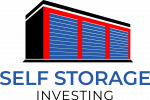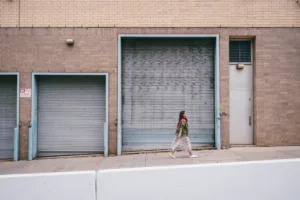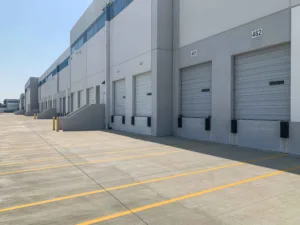Investing in self storage facilities can be a lucrative venture, but not all storage properties offer the same potential for success. Evaluating key factors can help differentiate a good investment from a bad one. This blog will explore the crucial elements to consider, including the facility’s features, market demand, and the real estate potential value of the land.
Characteristics of a Good Self Storage Facility Investment
- Prime Location
- Visibility and Accessibility: A good facility should be easily accessible and visible from major roads or highways. High traffic areas increase the likelihood of attracting customers.
- Proximity to Residential Areas: Being close to densely populated residential neighborhoods, especially those with a mix of renters and homeowners, enhances demand for storage services.
- High-Quality Facilities
- Security Features: Robust security measures such as surveillance cameras, gated access, and individual unit alarms are essential. Facilities with advanced security often attract more customers.
- Cleanliness and Maintenance: Well-maintained and clean facilities reflect positively on the business, encouraging customers to trust and choose the storage units.
- Climate-Controlled Units: Offering climate-controlled units can cater to customers with sensitive items, allowing the facility to charge higher rental rates.
- Real Estate Potential
- Land Value and Future Development: Evaluate the potential appreciation of the land. Properties in growing cities or areas slated for future development offer better long-term value. The land itself should have potential for alternative uses or further development, such as adding more units or converting to other commercial uses if needed.
- Zoning and Permits: Ensure the property is properly zoned for storage use and that there are no legal or environmental issues that could hinder expansion or operations.
- Strong Market Demand
- Demographic Analysis: A good facility should be in an area with a high demand for storage. Analyze local demographics, including population growth, homeownership rates, and the prevalence of multifamily housing.
- Economic Stability: Invest in regions with a stable or growing economy. Economic growth often correlates with increased demand for storage due to higher mobility and housing changes.
- Competitive Advantage
- Unique Selling Points: Facilities that offer unique features, such as 24/7 access, automated kiosks, or enhanced customer service, can stand out in a competitive market.
- Scalability: Consider facilities with potential for expansion. Being able to add more units or services can increase revenue without the need for a completely new investment.
Characteristics of a Bad Self Storage Facility Investment
- Poor Location
- Low Visibility and Inaccessibility: Facilities in remote or hard-to-reach areas are less likely to attract customers. Poor visibility can significantly reduce drive-by traffic.
- Limited Residential Proximity: Locations far from residential areas, especially those without significant population growth, may struggle to maintain occupancy rates.
- Subpar Facilities
- Lack of Security: Facilities without adequate security measures are less appealing to potential customers and more prone to theft and vandalism.
- Poor Maintenance: Neglected facilities with cleanliness issues, structural problems, or inadequate climate control can deter customers and lead to higher vacancy rates.
- Low Real Estate Potential
- Depreciating Land Value: Properties in declining areas or those with limited potential for appreciation or alternative use can be a risky investment. Land in economically stagnant regions may not offer the long-term growth necessary for a solid return on investment.
- Legal Issues: Properties with zoning problems, environmental concerns, or unresolved legal disputes can pose significant risks and unforeseen costs.
- Weak Market Demand
- Demographic Mismatch: Facilities in areas with low demand for storage, such as those with declining populations or predominantly wealthy homeowners with ample storage space, may struggle to achieve high occupancy rates.
- Economic Instability: Investing in regions with economic uncertainty or decline can lead to fluctuating demand and financial instability for the facility.
- Lack of Competitive Edge
- No Differentiation: Facilities that do not offer unique features or competitive advantages may find it difficult to attract and retain customers in a saturated market.
- Limited Scalability: Properties without room for expansion or improvement can limit growth opportunities, making it harder to increase revenue over time.
Conclusion
Investing in a self storage facility requires careful consideration of several factors, including location, facility quality, real estate potential, market demand, and competitive advantages. A good investment is characterized by prime location, high-quality and well-maintained facilities, valuable land, strong market demand, and unique selling points. Conversely, a bad investment often involves poor location, subpar facilities, depreciating land value, weak market demand, and a lack of competitive edge. By thoroughly evaluating these aspects, investors can make informed decisions and maximize their returns in the self storage industry.





